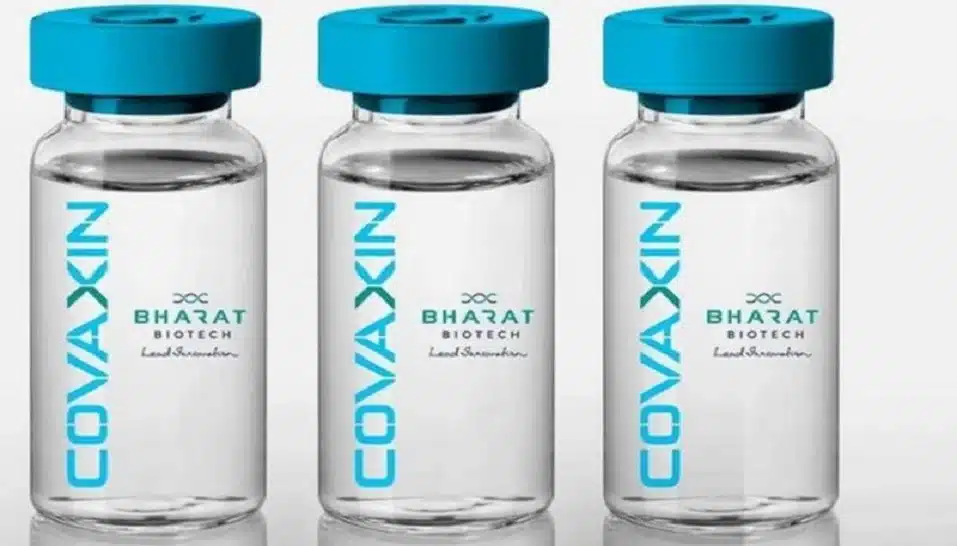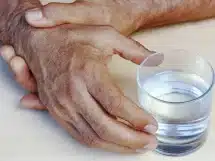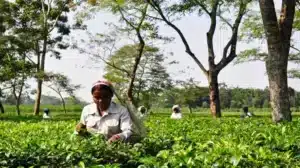India has opened vaccine registrations for those aged 18-45 years, but only 19% will receive at least one dose per the current allocation of vaccines.
Two weeks after announcing that all Indians aged 18+ will be eligible to receive the COVID-19 vaccine, India’s central and state governments battle it out to meet the demand for vaccines as local stocks deplete.
Amidst pressure to contain an unprecedented rise in cases in India’s second wave, the central government, on 28th April, opened registrations for Indians aged between 18 and 45 years to receive two doses of the COVID-19 vaccine. Only frontline workers, those with comorbidities and those aged above 45 years were eligible in the early phases of vaccine roll-out in the country.
However, the opening of registrations for those aged 18-45 years has made more than 63.1% of India’s population eligible for the vaccine, which translated to 835.76 million people. With only 165.4 million doses allocated so far, less than 19 out of every 100 people eligible for the vaccine will receive at least one dose.
In the first two phases of the roll-out, the central government allocated close to 163.7 million doses of the vaccine to the 28 States and 8 Union Territories, free of cost. However, only 10% of India’s population has received at least one dose, compared to 52% in the UK, 45% in the US and 15% in Brazil. Despite having produced two vaccines locally, India is still below the global average in vaccine inoculations which is only 12%.
Which states have been allocated the highest number of vaccines?
Maharashtra (10.95%), Uttar Pradesh (8.29%), Rajasthan (8.16%), Gujarat (7.8%) and Karnataka (6.29%) have been allocated the highest number of doses.

The allocation of vaccines does not completely reflect the active caseload. While Maharashtra and Uttar Pradesh are the most populated states and have had a surge in cases during the second wave, other states at parlance, including Delhi, Kerala, Tamil Nadu and Karnataka, have not been allocated vaccines proportionately

75% of vaccines allocated are Covishield
Data from the Ministry of Health and Family Welfare shows that 75% of vaccines allocated to states and union territories are Covishield, manufactured by the Serum Institute of India. Only 25% are Covaxin manufactured by Bharat Biotech.
India’s North-eastern states, with the exception of Assam and Tripura and her union territories, have only been allocated Covishield vaccines.
Less than 4 out of 100 Indians aged 18-45 years have been allocated at least one dose of the vaccine
An estimated 548.3 million Indians aged 18-44 years are now eligible for the vaccine. However, with only21.25 million doses allocated so far, only 4 out of 100 individuals within this age group will be getting vaccinated. This in addition to the existing shortage of vaccines for those aged above 45 years.
State response to the shortage of vaccines
The grave shortage in supply has resulted in several states being unable to open registrations for those aged 18-45 years.
On May 11th, the Centre suddenly deferred the responsibility of purchasing vaccines to states, leaving states to fend for themselves. This contradicted their previous policy of the centre managing state allocations based on their population while also keeping avenues open for states to work with private companies to procure and deliver vaccines.
Several state governments including Punjab, West Bengal and Delhi have publicly requested the centre to allocate more vaccines.
Our vaccine stocks stand depleted at less than 50,000. Centre’s allocation for May 1-15 is only 6 lakh doses, i.e. @40K a day. Request Union Health Minister @drharshvardhan Ji to urgently review & enhance Punjab’s allocation given the high incidence of #Covid19 in the State.
— Capt.Amarinder Singh (@capt_amarinder) May 4, 2021
Start a free mass universal vaccination programme immediately:
◆Spend budgetary allocation of ₹35,000 crore.
◆Abandon ₹20,000 crore central vista project & procure vaccines.
◆Use PMCares money to buy vaccines.#VaccinesForAll— Sitaram Yechury (@SitaramYechury) April 30, 2021

















